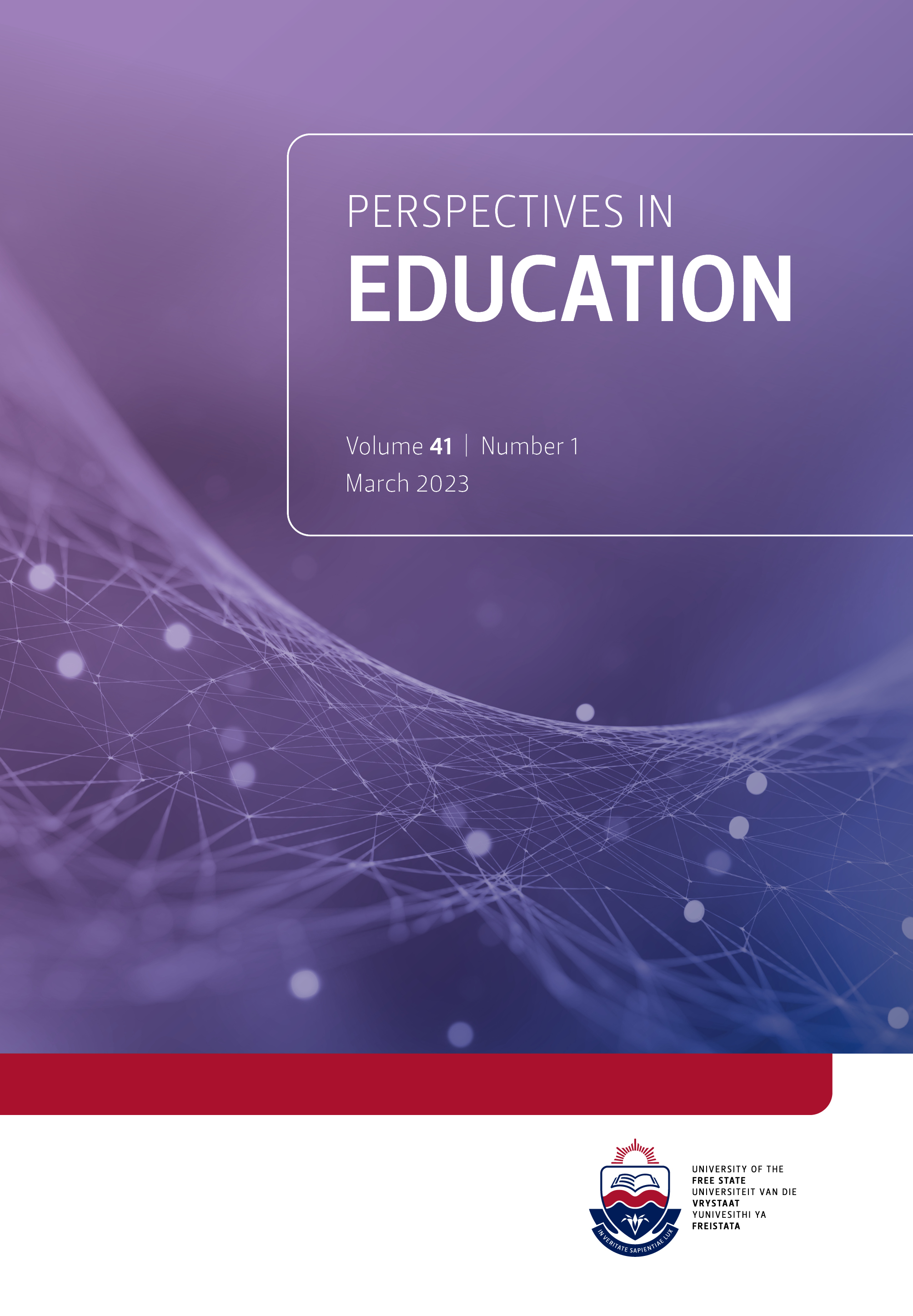Students' sense of belonging at a South African university during COVID-19
DOI:
https://doi.org/10.38140/pie.v41i1.6649Keywords:
COVID-19 lockdown, sense of belonging, South Africa, students, universityAbstract
The research on students’ sense of belonging in higher education has evolved into a prominent theme worldwide. Institutional research focuses on the institution understanding itself and helps leaders to rethink improvement initiatives. Moreover, the COVID-19 pandemic has required of institutions to revise student support programmes and approaches to maintain a strong sense of belonging. The theories of belonging by Strayhorn (2012) and Dumford et al. (2019) were adopted to analyse student responses. The aim of the study was to understand students’ sense of belonging and how the university responded to the challenges presented by the COVID-19 pandemic to ensure a strong sense of belonging. Data were generated through in-depth interviews with 45 undergraduate students from all seven faculties. The findings highlight notable prevention measures intended to limit the spread of the virus on campus and student support in the form of study devices and data. The post-lockdown changes included a return to face-to-face mental health support, drafting COVID-19 catchup plans for first year orientation of 2020 and 2021 cohorts, improving the student voice. Finally, notable principles for responding to a future higher education crisis are highlighted. These initiatives contributed towards establishing and maintaining a strong students’ sense of belonging.
Downloads
##submission.downloads##
Published
How to Cite
Issue
Section
License
Copyright (c) 2023 Taabo Mugume

This work is licensed under a Creative Commons Attribution 4.0 International License.





